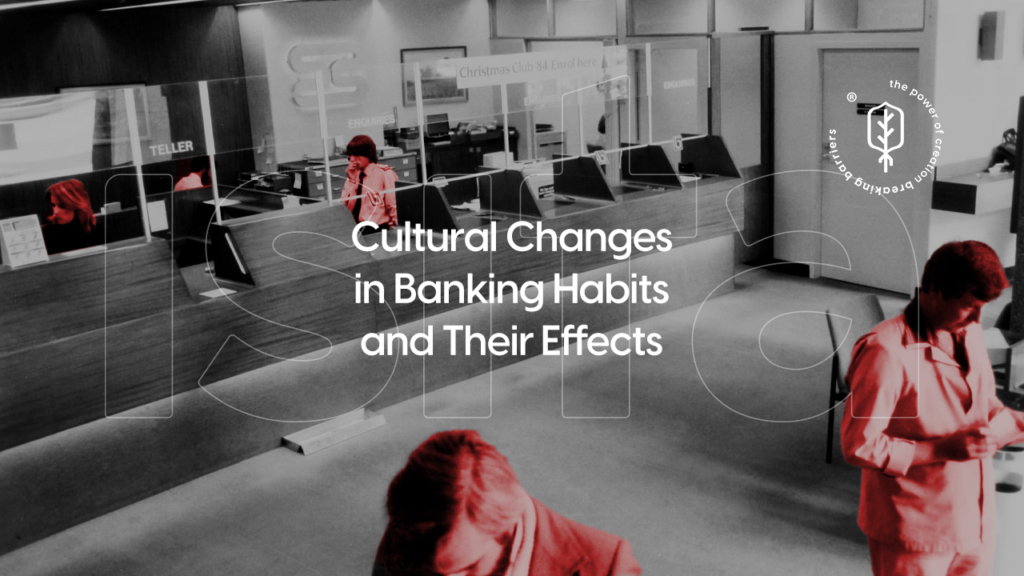As organizations grow, the volume, variety, and velocity of data increase exponentially. A well-designed, scalable database is crucial for supporting this growth, ensuring that data operations remain efficient and reliable. Scalable databases can handle growing amounts of data and user load without compromising performance, enabling businesses to expand seamlessly.
This article explores the principles of designing scalable databases, the key technologies involved, and best practices to ensure your database infrastructure can support long-term business growth.
Understanding Scalability
Scalability refers to the ability of a system to handle increased load without degrading performance. In the context of databases, it means the ability to manage growing amounts of data and user requests effectively. There are two primary types of scalability:
Vertical Scalability
Vertical scalability, or scaling up, involves adding more resources to a single server, such as increasing its CPU, memory, or storage capacity. While this can be effective to a certain extent, it has physical and cost limitations, making it unsuitable for very large-scale applications.
Horizontal Scalability
Horizontal scalability, or scaling out, involves adding more servers to distribute the load. This approach is more flexible and can handle significantly larger workloads by spreading the data and queries across multiple nodes. Horizontal scalability is often preferred for building highly scalable database systems.
Key Principles of Designing Scalable Databases
Designing a scalable database involves several key principles that ensure the system can grow with the business needs.
Data Partitioning
Data partitioning, or sharding, involves dividing a large database into smaller, more manageable pieces called shards. Each shard holds a subset of the data, allowing queries to be processed in parallel across multiple nodes. There are two main types of partitioning:
- Horizontal Partitioning: Distributes rows of a table across different shards based on a partition key.
- Vertical Partitioning: Splits a table into columns and distributes them across different shards.
Database Replication
Replication involves copying data from one database server to another to ensure high availability and redundancy. There are several replication strategies:
- Master-Slave Replication: One server (master) handles writes and propagates changes to multiple read-only servers (slaves).
- Master-Master Replication: Multiple servers handle both reads and writes, providing higher availability but requiring conflict resolution mechanisms.
Load Balancing
Load balancing distributes incoming queries across multiple database servers to prevent any single server from becoming a bottleneck. This ensures that the system can handle high volumes of requests efficiently. Load balancers can be hardware-based or software-based and work by routing queries to the least loaded or most appropriate server.
Caching
Caching involves storing frequently accessed data in memory to reduce the load on the database and improve query response times. Implementing caching strategies at various levels, such as application-level caching (e.g., using Redis or Memcached) and database-level caching, can significantly enhance performance.
Optimizing Queries and Indexes
Efficient query design and proper indexing are critical for database performance. Optimize SQL queries to minimize complexity and ensure they use indexes effectively. Indexes help speed up data retrieval but should be used judiciously, as they can increase write times and consume additional storage.
Key Technologies for Scalable Databases
Several technologies and database systems are designed to support scalability. Choosing the right technology depends on your specific use case and requirements.
NoSQL Databases
NoSQL databases are designed to handle large volumes of unstructured data and provide high scalability and performance. Some popular NoSQL databases include:
- MongoDB: A document-oriented database that provides flexible schema design and horizontal scalability.
- Cassandra: A distributed database designed for high availability and scalability, often used in big data applications.
- Redis: An in-memory data structure store that supports various data types and is commonly used for caching and real-time analytics.
SQL Databases with Sharding
Traditional SQL databases can also be scaled horizontally using sharding techniques. Some SQL databases that support sharding include:
- MySQL: With solutions like MySQL Cluster and external tools such as Vitess, MySQL can be scaled horizontally.
- PostgreSQL: Extensions like Citus transform PostgreSQL into a distributed database capable of handling large-scale workloads.
NewSQL Databases
NewSQL databases aim to combine the scalability of NoSQL systems with the ACID (Atomicity, Consistency, Isolation, Durability) guarantees of traditional SQL databases. Examples include:
- Google Spanner: A globally distributed database that provides strong consistency and horizontal scalability.
- CockroachDB: A distributed SQL database designed for high availability and horizontal scalability.
Cloud-Based Databases
Cloud providers offer managed database services that automatically handle scaling, replication, and backups. Some popular options include:
- Amazon RDS: A managed relational database service that supports various database engines like MySQL, PostgreSQL, and SQL Server.
- Google Cloud SQL: A fully managed relational database service for MySQL, PostgreSQL, and SQL Server.
- Azure SQL Database: A fully managed relational database service with built-in scaling and high availability features.
Best Practices for Designing Scalable Databases
Adhering to best practices in database design ensures that your system can scale efficiently and support long-term business growth.
Plan for Scalability from the Start
Design your database architecture with scalability in mind from the beginning. Anticipate future growth and choose technologies and strategies that can accommodate increasing data volumes and user loads.
Use Partitioning and Sharding
Implement partitioning and sharding to distribute data and queries across multiple nodes. This approach allows your database to handle larger workloads and improve query performance.
Implement Robust Replication
Set up robust replication mechanisms to ensure high availability and data redundancy. Choose the appropriate replication strategy (master-slave or master-master) based on your application’s requirements.
Optimize Database Design
Design your database schema to be flexible and efficient. Normalize data to reduce redundancy, but denormalize where necessary to improve query performance. Use appropriate data types and indexes to optimize storage and retrieval.
Monitor and Tune Performance
Continuously monitor database performance and identify bottlenecks. Use performance monitoring tools to track key metrics such as query response times, CPU and memory usage, and disk I/O. Regularly tune queries, indexes, and database configurations to maintain optimal performance.
Automate Maintenance Tasks
Automate routine maintenance tasks such as backups, indexing, and performance tuning. Use database management tools and scripts to ensure these tasks are performed consistently and efficiently.
Ensure Data Security and Compliance
Implement robust security measures to protect your data. Use encryption, access controls, and auditing to safeguard sensitive information. Ensure compliance with relevant regulations and standards, such as GDPR and HIPAA.
Designing scalable databases is essential for supporting business growth and ensuring your applications can handle increasing demands.
By understanding the principles of scalability, choosing the right technologies, and following best practices, you can build a robust and efficient database infrastructure.
Whether you are using traditional SQL databases, embracing NoSQL solutions, or leveraging cloud-based services, a well-designed, scalable database will enable your business to thrive in the data-driven world. Stay proactive in monitoring, tuning, and optimizing your database systems to ensure they continue to meet the evolving needs of your organization.
Did you find this article interesting? We invite you to document this article through the following post on our blog:



